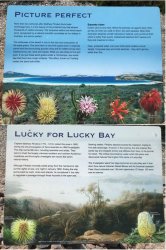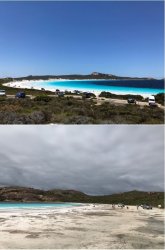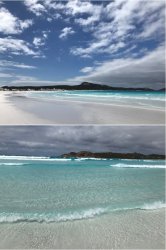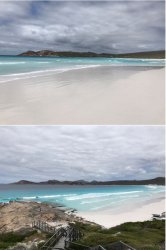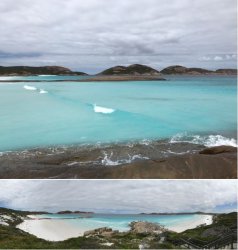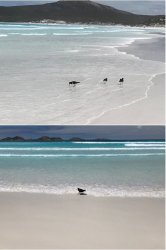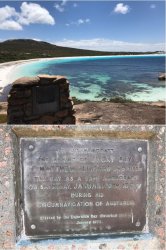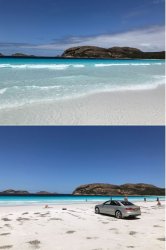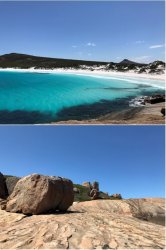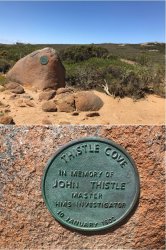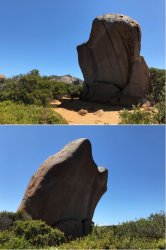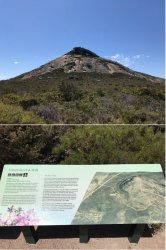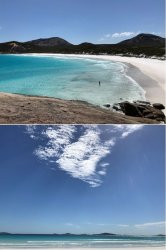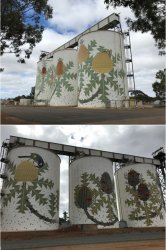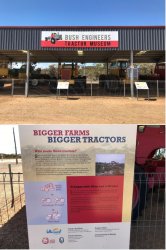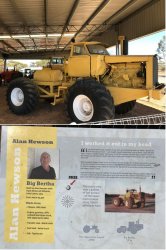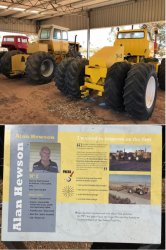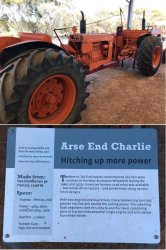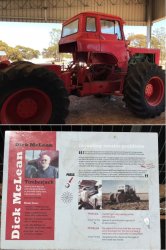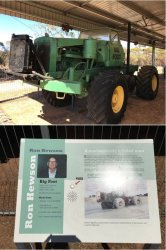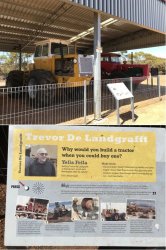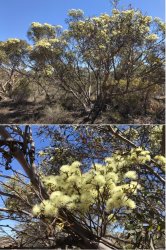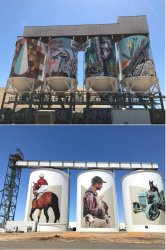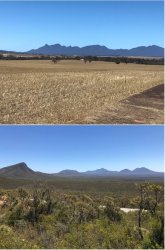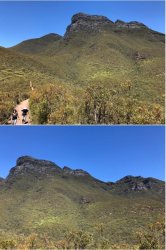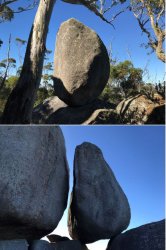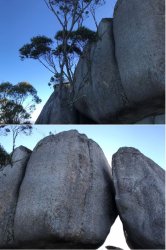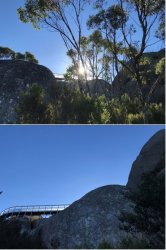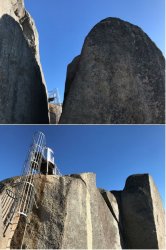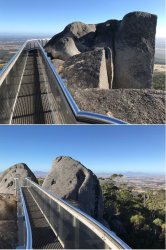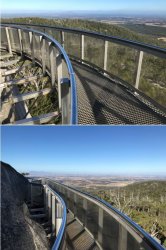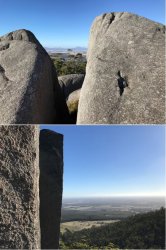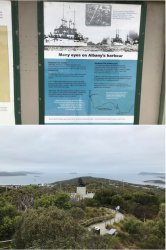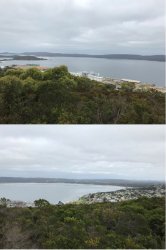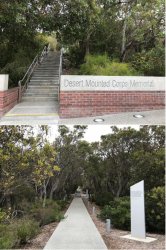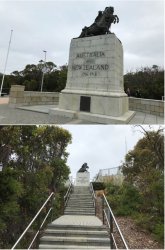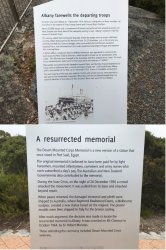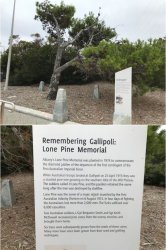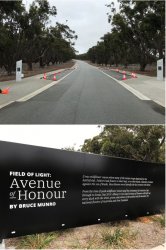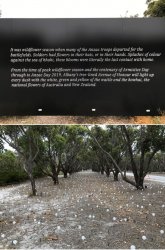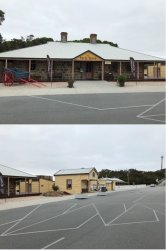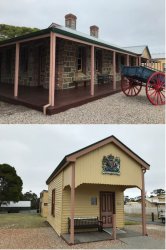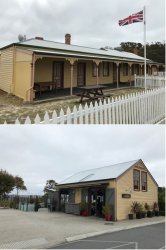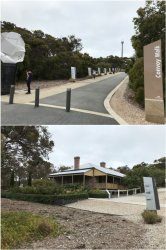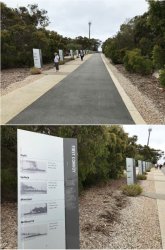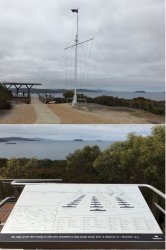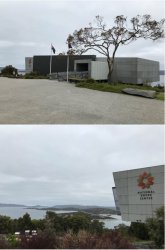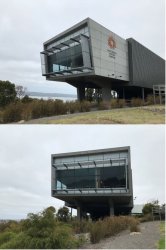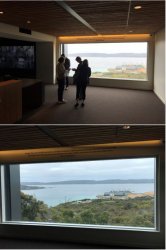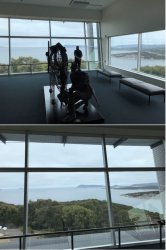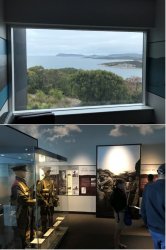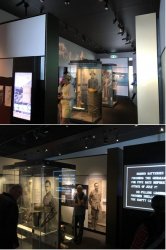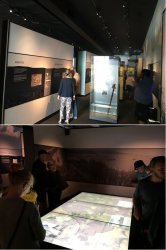- Joined
- Jun 7, 2006
- Posts
- 11,142
- Qantas
- LT Gold
Last Saturday week I drove to the WA Goldfields to help my son and his staff move vehicles and equipment from a workcamp about 80 km south of Coolgardie to a new location about 200 km north of Coolgardie. That operation took 3.5 days in two trips before I peeled off half way through the third and final trip to go to Esperance and to head back to Perth by looping around the south for the remainder of the week.
I had a few objectives:
· Chill for a day in magnificent Cape Le Grand NP, east of Esperance.
· Take in some silo art in the southern grain belt.
· Climb the Castle Rock Granite Skywalk in the Porongorup NP (Castle Rock | Explore Parks WA | Parks and Wildlife Service).
· Visit for the first time the new national Anzac Centre at Albany (Honouring the Anzacs of the First World War | National Anzac Centre).
· Check out Bruce Munro’s Field of Light: Avenue of Honour running from October 2018-Anzac Day this year (Field of Light: Avenue of Honour).
· Take a look at the world’s largest wooden pendulum clock that recently went on display at Nannup (The Nannup Clock Tower | Home of the World's Largest Wooden Pendulum Clock).
No flying involved (well, maybe a little low-flying on some lonely roads… ), but I thought a mini-TR may be of interest to some folks.
), but I thought a mini-TR may be of interest to some folks.
It was a very hot day in the Goldfields on the Saturday and a large bushfire was dominating the western horizon on the road S from Coolgardie. Fortunately, it was well away from us and had died out by the next morning as a cool change came through. That was also a blessing for the solid work days to follow.
Map of the route. Danged Google Maps only allows a maximum of 10 points.
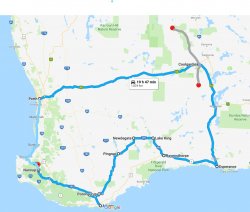
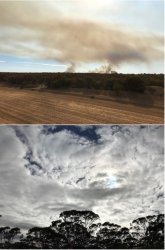
Moving on to Esperance and Cape Le Grand NP.
Red-flowering gum, Corymbia ficifolia, in its natural range on the western S coast of WA.
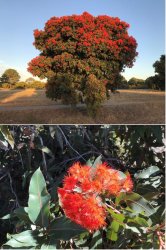
The WA Christmas tree, Nuytsia floribunda, a parasitic monotypic genus native to SW Australia. It typically flowers around Christmas around Perth but these examples in Cape Le Grand NP shows the effect of the cooler southern location inducing later flowering.
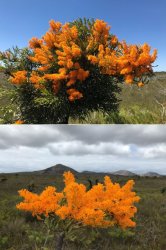
Banksia - unsure of species – and a couple of other plants.
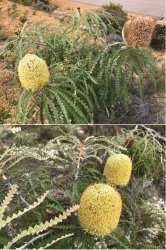
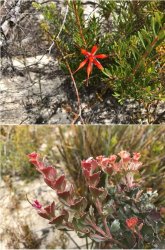
I had a few objectives:
· Chill for a day in magnificent Cape Le Grand NP, east of Esperance.
· Take in some silo art in the southern grain belt.
· Climb the Castle Rock Granite Skywalk in the Porongorup NP (Castle Rock | Explore Parks WA | Parks and Wildlife Service).
· Visit for the first time the new national Anzac Centre at Albany (Honouring the Anzacs of the First World War | National Anzac Centre).
· Check out Bruce Munro’s Field of Light: Avenue of Honour running from October 2018-Anzac Day this year (Field of Light: Avenue of Honour).
· Take a look at the world’s largest wooden pendulum clock that recently went on display at Nannup (The Nannup Clock Tower | Home of the World's Largest Wooden Pendulum Clock).
No flying involved (well, maybe a little low-flying on some lonely roads…
It was a very hot day in the Goldfields on the Saturday and a large bushfire was dominating the western horizon on the road S from Coolgardie. Fortunately, it was well away from us and had died out by the next morning as a cool change came through. That was also a blessing for the solid work days to follow.
Map of the route. Danged Google Maps only allows a maximum of 10 points.


Moving on to Esperance and Cape Le Grand NP.
Red-flowering gum, Corymbia ficifolia, in its natural range on the western S coast of WA.

The WA Christmas tree, Nuytsia floribunda, a parasitic monotypic genus native to SW Australia. It typically flowers around Christmas around Perth but these examples in Cape Le Grand NP shows the effect of the cooler southern location inducing later flowering.

Banksia - unsure of species – and a couple of other plants.




